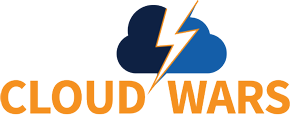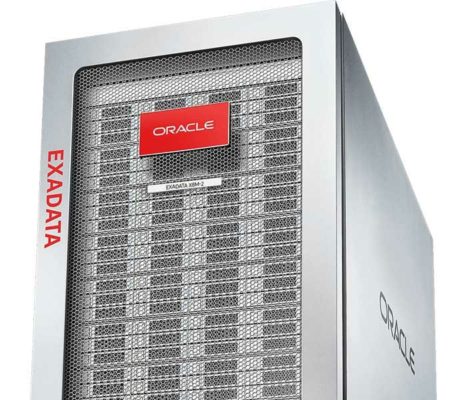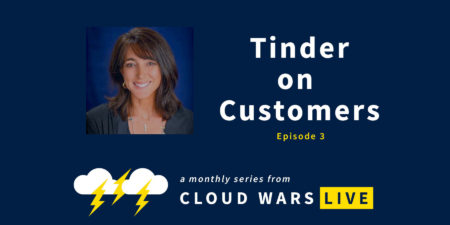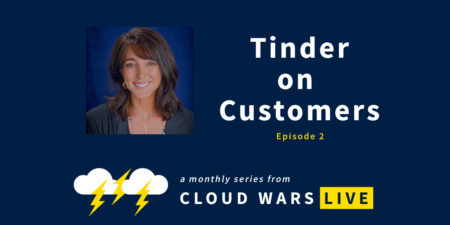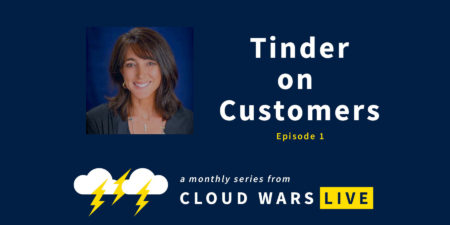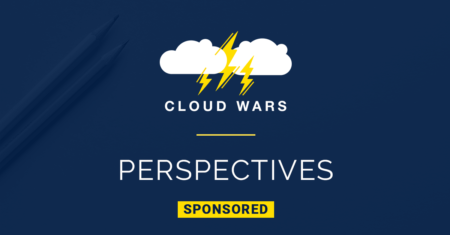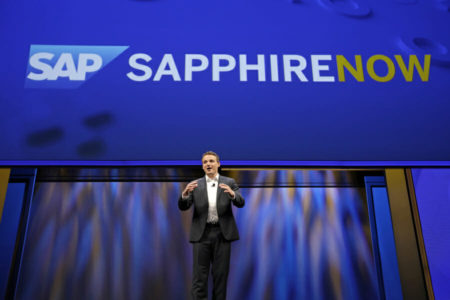Configuring a Dynamics 365 Finance and Operations system requires settings on hundreds of forms. In this session, we look at how you can use data management to streamline the setup of a new system with spreadsheets. Once you have these spreadsheets, they can be used to guide you through the setup in an orderly fashion.
This type of configuration is not without challenges, including the format of the data, number of spreadsheets required, the order to run the sheets. Laura has been fully configuring systems since AX2012 with spreadsheets for 7 years and will walk you through the challenges and ways to overcome them.
Do you have multiple companies? Should you use copy company or some other methodology? Let’s look at the pros and cons of copy company vs. rerunning the same spreadsheets into the new company (ies).
Once you’ve configured you have to migrate data. Some of the challenges with data migration are similar but there are also unique challenges as well. Next we talk about the differences between configuration and data migration and how you use the data management framework differently for data migration. Customers and vendors have some real challenges to be able to load this data and then update it if addresses or other information changes. There are some techniques that can be used to guarantee updates are possible without having to look up record ids, party numbers, or address/location ids.
Learning Objectives:
•Understand the challenges with loading many data entities at once and ways to overcome those challenges
•Using Excel to help build the data to be loaded
•Knowing what to migrate from legacy systems and key data entities that will be required
•Steps to validate data
•What to do when you make a mistake and all that bad data is in your system
Audience: Functional and Technical staff responsible for configuring D365 Finance and Operations and loading data from other systems
Level: Intermediate
Prerequisite: Basic knowledge of data management framework required
Preparation: Please bring your own internet capable Windows PC to class for the hands on lab portion/class exercises.
